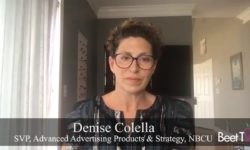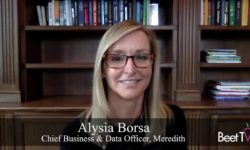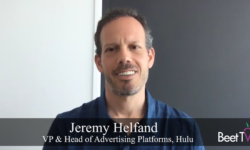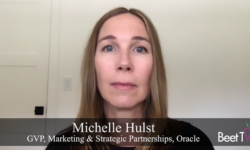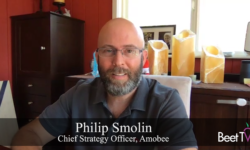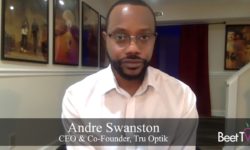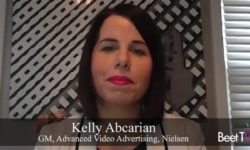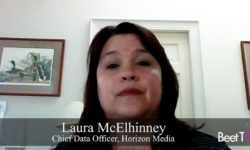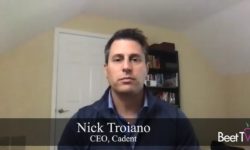In the wreckage caused by COVID-19, marketers are having to think on their feet – but many of them don’t have to move their feet at all.
That is the conclusion of one video and connected TV advertising technology company leader whose platform claims to have sight of 35% of the US streaming video ad market.
In this video interview with Beet.TV, Innovid co-founder Tal Chalozin says some brands’ ad strategies are recalibrating – but others are proving resilient.
Flight to agile
“We’re getting into the upfront (TV ad sales) time and what we hear all across the board is that this year probably will be a softer upfront market, for obvious reasons,” Chalozin says. “But, even more than that, many marketers understand the need for agility.
“Agility means (buying in the) spot market or scattered marketing, in television terms. But, in digital terms, frankly, it means programmatic. We believe that programmatic as a share of connected television will increase significantly.”
In other words, more marketers, facing unprecedented pressure, are going to be opportunistic about their ad buys.
The upfront ad sales season is when programmers tout their upcoming content slates to secure upfront ad buy commitments.
But securing advance bookings from brands in this environment could be more difficult than before, whilst many TV broadcasters are significantly discounting their ad rates in a bid to stop haemorrhaging under-pressure advertisers.
Performance stays solid
? Love streaming?
?Data obsessed?
? Wonder about marketing under current climate?
?Curious about the impact marketing?Tune in tomorrow (Tue) at 11a ET
to @innovid 's live stream!register here –> https://t.co/x5kE7AXpTh#streamingwars #CTV #futureoftv #Livestream pic.twitter.com/tLpuFeP8xn
— Tal Chalozin (@chalozin) April 7, 2020
But adaptability is not the whole story. Chalozin says another class of marketers is keeping money in the game.
“Marketers that have a strong KPI for their video campaign did not decrease their spend, which is a very fascinating thing,” he says. “Marketers that really focused on reach or focused on any upper funnel KPIs or maybe decided based on their balance sheet or consumer spending if they want to increase or not.
“But marketers that are heavy ‘cost-per’ advertisers – so, cost-per-app download, cost-per-delivery, cost-per-add-to-cart or things like that – looked at the situation right now in a much different way.”
Chalozin says, because consumption of digital video is rising, programmatic ad buyers have a voice of better ads available to them, effectively lowering their cost-per-action.
He says that experience will, in the future, cause more advertisers to move toward solid direct-response tactics.
End of the pause?
"We are largely on the other side of the ‘pause,’” IAB’s David Cohen [@mrdcohen] about ad spend trends during the pandemic via: @AdExchanger: https://t.co/3FbbdXEf2l Full report: https://t.co/5TGxrhqvZH
— IAB (@iab) April 30, 2020
In a follow-up survey of ad buyers, IAB observes a progressive easing of spending cutbacks from March to April amid the COVID-19 pandemic:
- More ad buyers are pausing ad spend.
- Digital media are seeing fewer buyers pausing or adjusting ad spend, yet still remain -29% off-plan.
- Traditional media including linear TV are seeing an acceleration in buyers adjusting their plans.
- Social media, paid search and digital audio are leading the “slight rebound” of digital channels, with digital video largely flat.
- 73% of buyers have either modified or developed new creative assets.
This video is part of a series titled Navigating Accelerated Change, presented by Transunion. For more videos, please visit this page.






